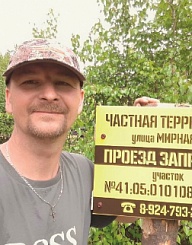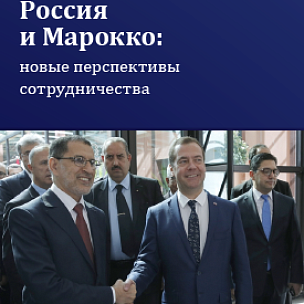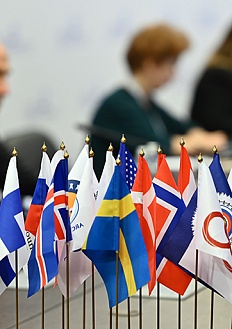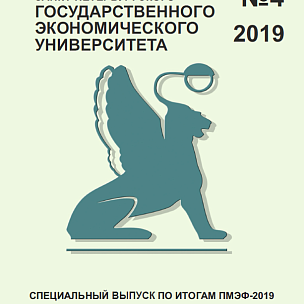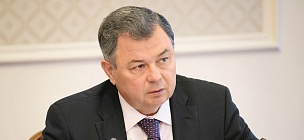An engineer from Petropavlovsk-Kamchatsky is treating tourists to tropical fruits.
Alexey Zhuchkov is no ordinary Joe. A qualified electronic engineer and a specialist road traffic accident investigator, Alexey spends his evenings working in his own workshop. During the day, he is the director of the Kamchatka Regional Puppet Theatre. He has been working in the arts since his time in the army, where he served in the early 2000s as Assistant Director of the Armed Forces Concert Ensemble in the Northeast of the Russian Federation.
On 1 June 2016, the Far Eastern Hectare programme, a Russian initiative offering the chance to obtain a plot of land in the Russian Far East of up to one hectare for free was launched. The programme has been running for just over two years now, during which 120,000 people from all over Russia have exercised their right to land. They have come up with all sorts of different ideas about what to do with it...
Alexey explains his interest in the Far Eastern Hectare programme partly as the result of having to be constantly on the lookout for ways to earn money, and partly as chance. «In 2016, a friend of mine asked me to design and build an automatic climate control and lighting system for his greenhouse. I agreed. We ended up with this incredibly advanced supergreenhouse, with automatic lighting, automatic temperature and humidity regulation, automatic irrigation... Once that was set up, all my friend had to do was pop in occasionally to check everything was working. Now he feeds me tomatoes and cucumbers. Very tasty ones, too. That got me thinking: if I could do that for a friend, why not for myself? And at that very time, FZ119, the law granting everyone land in the Far East, was being passed. Everything came together», says the entrepreneur.
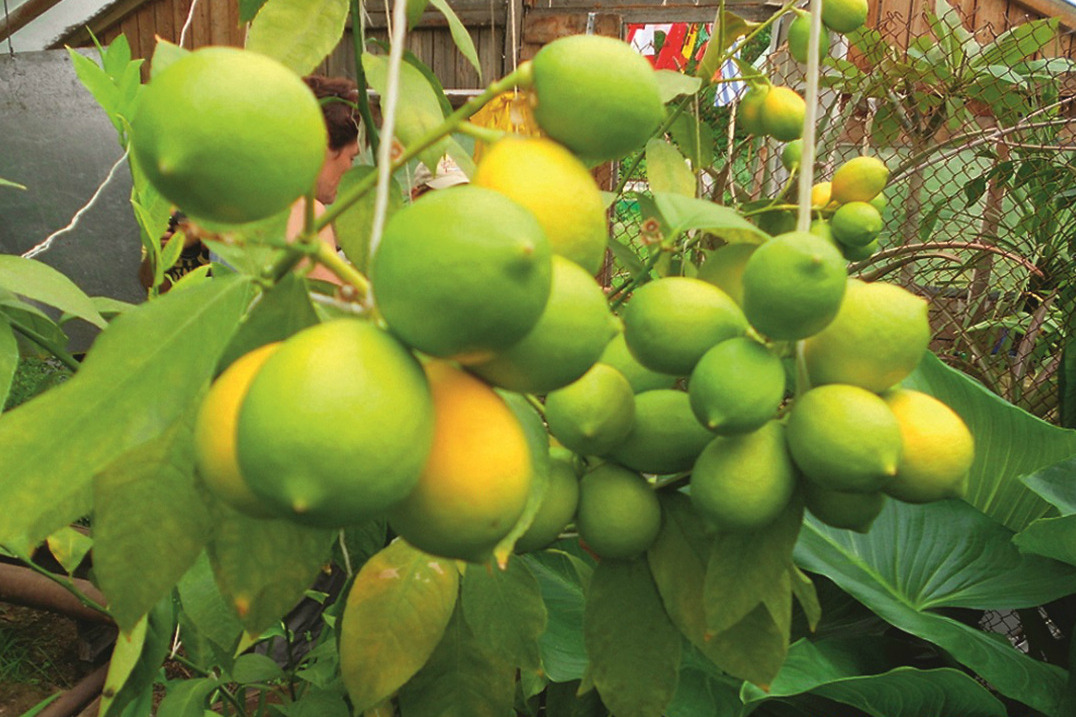 On his hectare, Alexey decided to create an agritourism site. Nothing unusual in that, but Alexey is not the sort of person who gets involved in an average project. He would provide traditional tourist facilities and services, to be sure: accommodation (five prefabs, each for four people), a barbeque area, Kamchatkan herbal tea, and tours of Kamchatkas beauty spots. But, more unusually, he would also treat his guests to pineapple and other tropical fruits grown right here, next to the geysers and volcanoes, in special greenhouses.
On his hectare, Alexey decided to create an agritourism site. Nothing unusual in that, but Alexey is not the sort of person who gets involved in an average project. He would provide traditional tourist facilities and services, to be sure: accommodation (five prefabs, each for four people), a barbeque area, Kamchatkan herbal tea, and tours of Kamchatkas beauty spots. But, more unusually, he would also treat his guests to pineapple and other tropical fruits grown right here, next to the geysers and volcanoes, in special greenhouses.
Describing his project, Alexey tells us, «Tourist infrastructure in Kamchatka has been improving recently. People are flooding in, and you can see things are progressing. Im essentially offering what my competitors are offering, but I have something that makes me stand out: the tropical fruits, and a site powered by green energy.» He believes that his use of alternative energy sources for power and heating could become a local attraction in itself.
The site is heated by water. Using solar panels, a hydrogen generator (or electrolyser), water traps, non-return valves, and other equipment, water is split into hydrogen and oxygen. The hydrogen is then burned in a boiler. «The mix of hydrogen and oxygen is explosive, so Ill be paying particular heed to safety», the engineer assures us. «Ill be putting the heating module together myself.»
According to his calculations, using alternative energy sources will bring the cost of production down considerably. A kilo of high-quality tomatoes costs RUB 500800 in Kamchatka, while Chinese tomatoes can be bought for RUB 200. The challenge Alexey has set himself is to grow quality produce that can be sold at something close to Chinese prices. But he wont be selling his fruit and vegetables to his guests alone: educational institutions, for instance, might also buy them.
Currently, RUB 3 million have been invested in the project. Some of the equipment and building materials have been bought, and contracts are in place for the generator, the foundations, and the electrical connection. A government subsidy awarded to Alexey by the Kamchatka Centre for Entrepreneurship to build the greenhouse complex accounts for RUB 2 million of this investment. The plan is to attract around RUB 12 million overall. One of Alexeys acquaintances has already stepped up to invest in the construction of a campsite.
Alexey believes that, in order for the project to be a success, everything on the site needs to be up and running, both the tourist facilities and the agricultural production. Then, the site could make as much as RUB 3 million a year. Once youve seen just how absorbed Alexey is by his project, however, its hard to say whether this is more a commercial venture or a creative one.
Source: EEF 2018 Official Magazine


